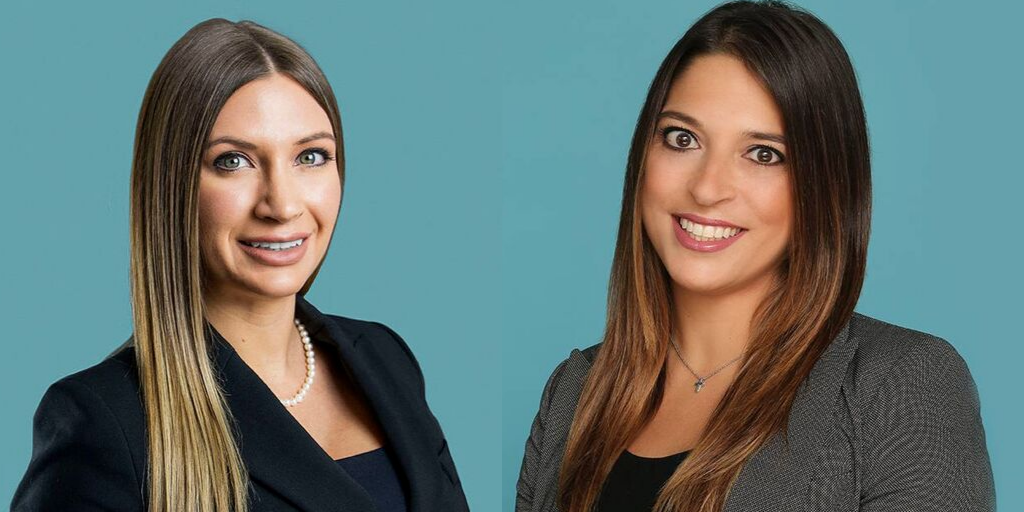Overcoming Obstacles to Save Borrowers Thousands in Mortgage Tax
By Rosemary Liuzzo Mohamed

In the state of New York a New York Mortgage Recording tax is due and payable on each mortgage transaction both for purchases and refinances. The mortgage tax rate varies from county to county. In the five boroughs of New York City the rate is 1.8% on mortgage amounts under $500,000.00 and 1.925% on mortgage amounts above $500,000.00, a pretty hefty amount. For refinances, and sometimes on purchases, since the borrower has already paid the tax on the outstanding mortgage balance, the state of New York allows Consolidation, Extension and Modification Agreements (“CEMA”) which allows the borrower to save a portion of or all of the New York State mortgage tax by only requiring the borrower to pay mortgage tax on the difference between the new loan amount and the unpaid principal balance on their current loan. For example, if I currently owe $400,000.00 and my new loan will be $500,000.00, I will only pay mortgage tax on the difference of $100,000.00.
The first step a borrower must take when requesting a CEMA is to make sure the current lender is wiling to assign the borrower’s loan over to the new lender. There is no legal obligation on the lender’s part to do so and every lender has their own requirements and fees to process the request. When representing a new lender, our firm handles obtaining this information on behalf of the borrower.
Once a current lender determines it will grant a CEMA, the current lender will locate all of the underlying collateral documents of the current loan, meaning all prior promissory notes, allonges/endorsements and recorded documents in the mortgage chain. The next step is for the new lender’s assigned bank attorney to review the underlying collateral documents. This is to ensure each document was properly recorded, notarized, executed, contains the correct address and all pages are present. The chain of title must accurately flow through the borrower’s lending history up to the current lender.
One of the most important underlying collateral documents is the promissory note, the borrower’s promise to pay the lender back for the loan they are taking. Throughout the borrower’s underlying lending history each underlying note from a previous lender usually contains and endorsement or an allonge signing the note over to the new lender.
An endorsement is a stamp that carries the signature of the current lender that signs the note over to the new lender. The endorsement legally transfers the rights of the instrument to the endorser. In order for the endorsement to be valid the signor must have the legal right to transfer the instrument.
An allonge is an attachment to a legal document that can be used to insert language or signatures when the original document does not have sufficient space for the inserted material. An allonge is usually in the form of a piece of paper attached to the promissory note and essentially becomes a part of the instrument.
While representing a new lender, our firm recently encountered a refinance with underlying notes that did not contain an endorsement or allonge. However, the last note of record held by the current lender would contain an allonge to the new lender. Our firm worked diligently with the new lender to obtain permission for the borrower to still proceed with a CEMA.
Our firm reviewed the language that must appear on a New York Consolidated note with the new lender which states, “This note amends and restates in their entirety, and is given in substitution for, the Notes descried in Exhibit A of the New York Consolidation, Extension and Modification Agreement dated the same as this Note” Exhibit A of the CEMA essentially lists the chain of title and lists all of the Notes and Mortgages being consolidated, extended and modified.
Through this effort, the new lender determined that the last note of record superseded any previous notes and therefore as long as the last note of record would in fact receive an endorsement or allonge it would successfully assign its rights to the new lender. In essence, each previous note mentioned in Exhibit A was paid off when the transaction moved through history by a new CEMA with the current lender or by assignment and new CEMA to a new lender.
The CEMA also states that the borrower takes over all of the obligations under the Notes and Mortgages as consolidated and modified by the CEMA. Once the prior mortgages are paid off they are replaced by the new Consolidated Note and the prior notes are no longer of any effect. In essence the holder of the mortgage that needs to be assigned in connection to a CEMA will likely hold the authorization to record the assignment until the mortgage holder has received payment in full for the amounts owed to the holder. Furthermore, all refinance transactions are required to have title insurance which would insure there are no previous unpaid notes in connection to mortgages ahead of the current lender.
Our firm was pleased to close the refinance for our borrower as CEMA and save the borrower over fifteen thousand in New York State mortgage tax which they would have otherwise owed if the CEMA was not approved.
Our mortgage finance team handles complicated CEMA transactions and we strive to save borrower’s money on mortgage recording tax whenever possible.
This article was prepared by Adam Leitman Bailey attorneys Rosemary Liuzzo Mohamed